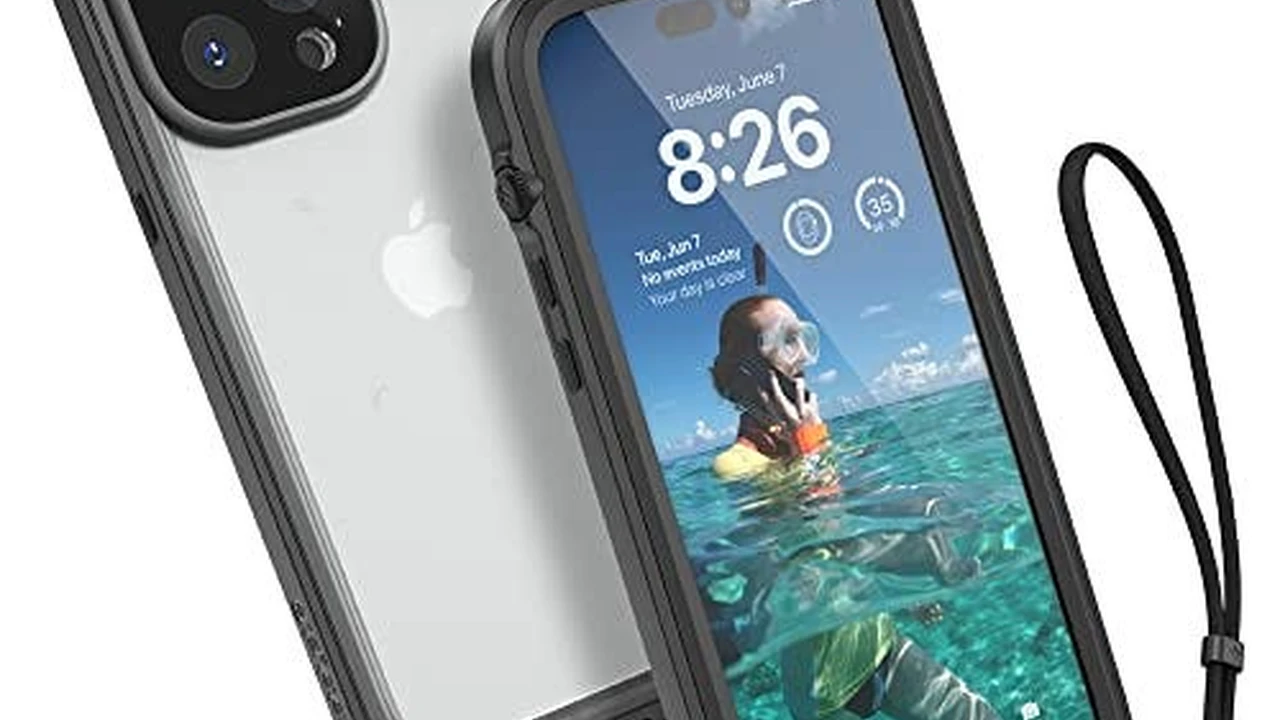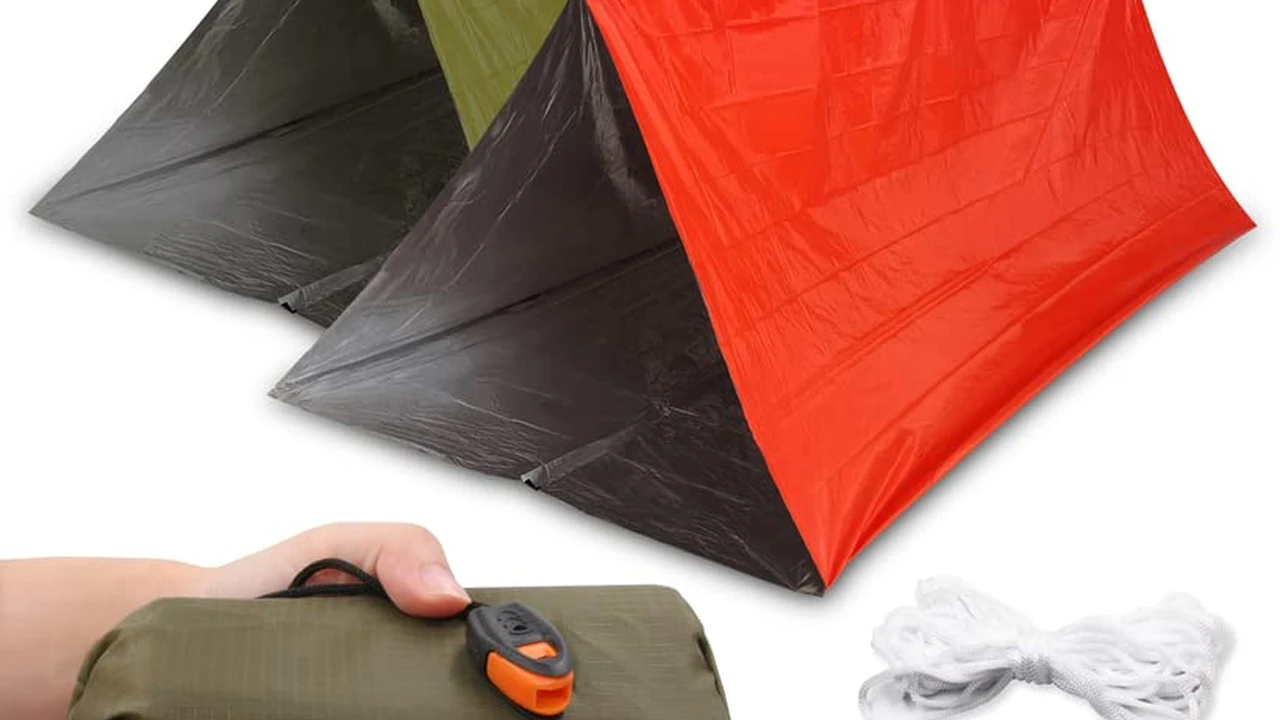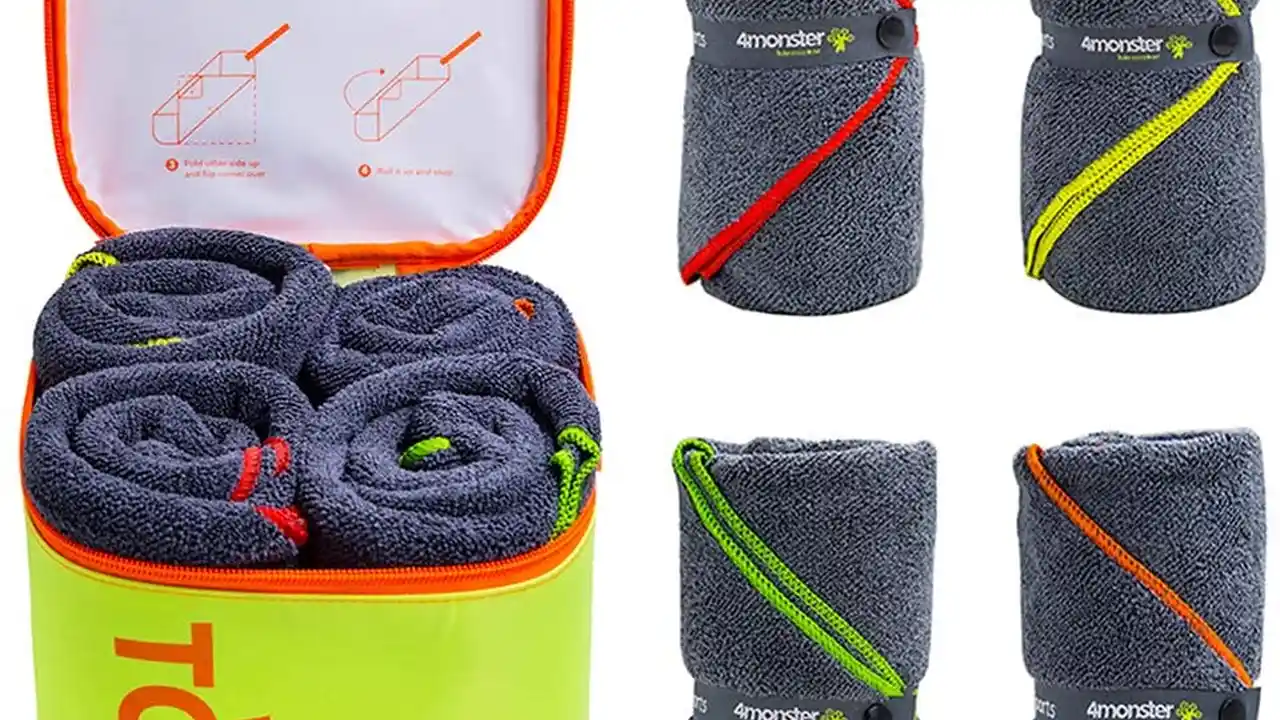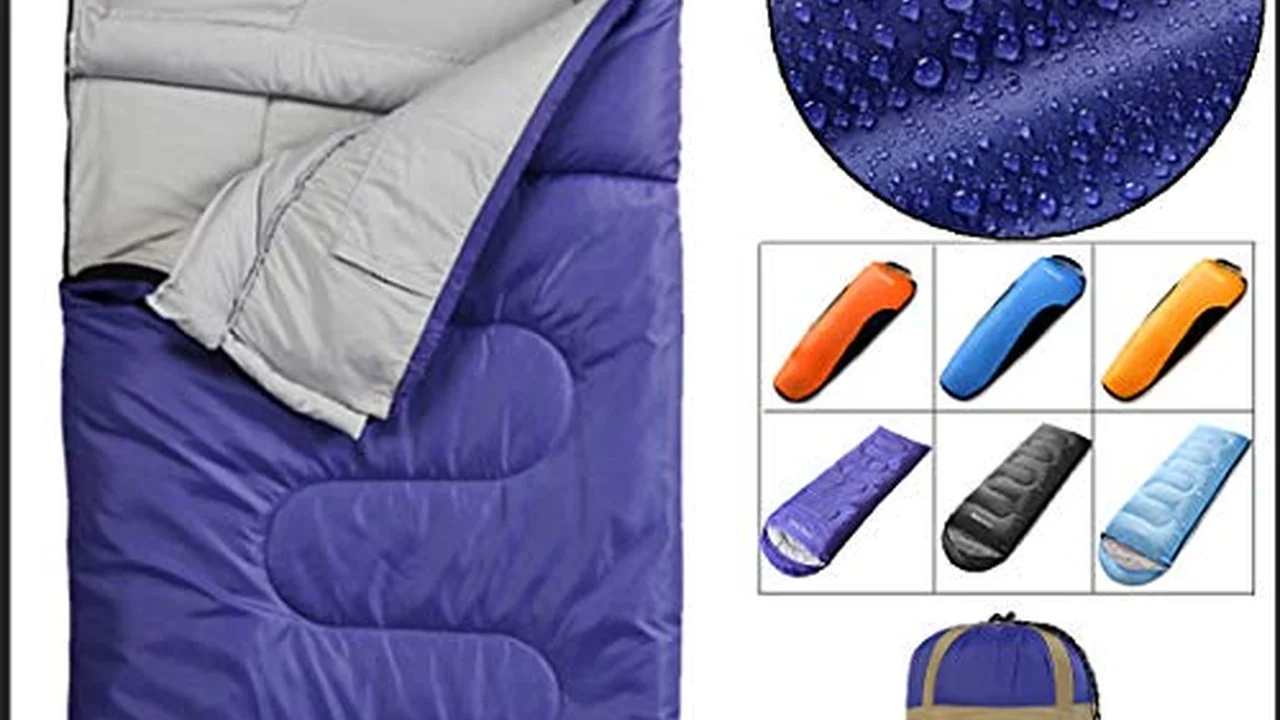3 Best Climbing Ropes for Durability and Performance
Find the top 3 hiking pants for comfort and durability. Evaluate materials, features, and fit for long days on the trail.
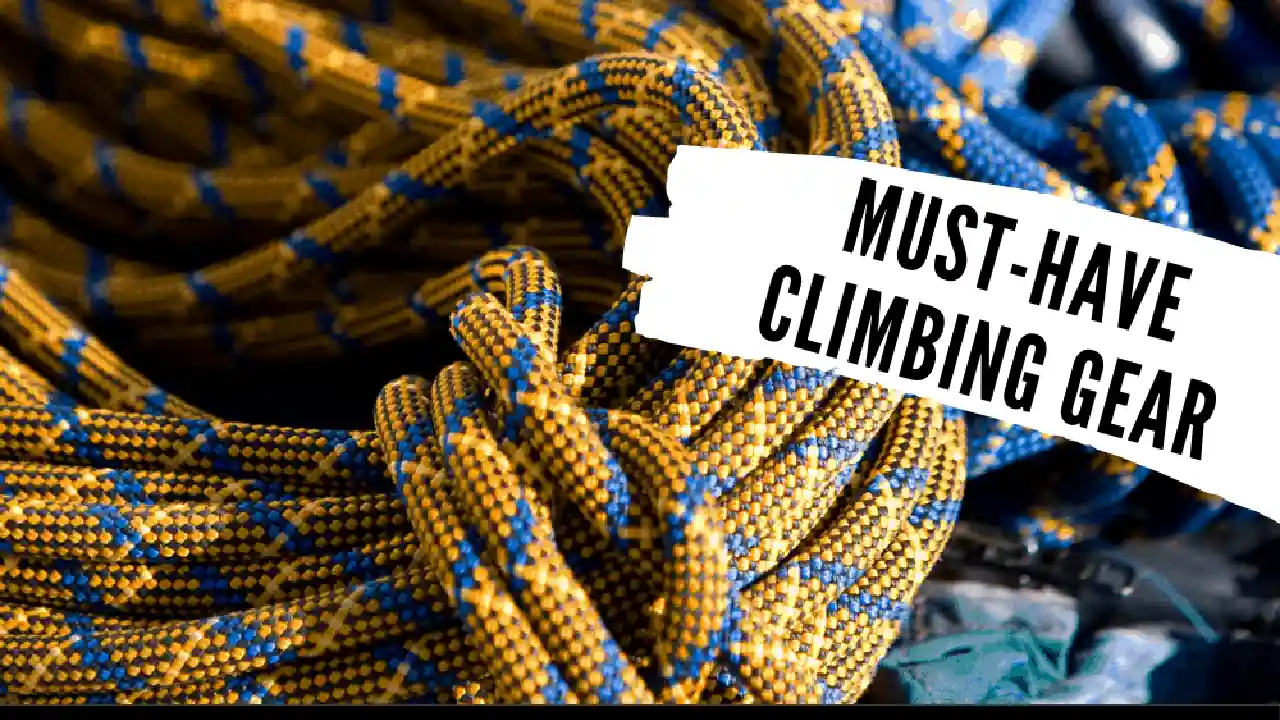
Find the top 3 hiking pants for comfort and durability. Evaluate materials, features, and fit for long days on the trail.
Choosing the Right Hiking Pants for Your Adventures
When you're out on the trail, whether it's a short day hike or a multi-day trek, your hiking pants are more than just clothing. They're a crucial piece of gear that can significantly impact your comfort, protection, and overall enjoyment. The right pair of hiking pants needs to be durable enough to withstand rough terrain, comfortable enough for hours of movement, and versatile enough to handle changing weather conditions. But with so many options on the market, how do you choose? This comprehensive guide will dive deep into what makes a great pair of hiking pants, compare some of the best options available, and help you find the perfect fit for your next outdoor adventure.
Understanding Hiking Pant Materials and Their Benefits
The material of your hiking pants is perhaps the most critical factor influencing their performance. Different fabrics offer various benefits in terms of durability, breathability, water resistance, and stretch. Let's break down the most common materials you'll encounter:
Nylon Hiking Pants: Lightweight and Quick-Drying Performance
Nylon is a synthetic fabric widely used in hiking apparel due to its excellent strength-to-weight ratio and quick-drying properties. It's highly resistant to abrasion, making it a durable choice for rugged trails. Many nylon hiking pants also incorporate a DWR (Durable Water Repellent) finish to shed light rain and dew. While not as breathable as some natural fibers, modern nylon blends often include stretch for improved mobility.
Polyester Hiking Pants: Moisture-Wicking and UV Protection
Polyester is another popular synthetic material known for its moisture-wicking capabilities, meaning it draws sweat away from your skin to keep you dry. It's also resistant to shrinking, stretching, and wrinkling, and often offers good UV protection, which is a big plus for sunny trails. Like nylon, polyester can be blended with other fibers to enhance stretch and comfort.
Spandex or Elastane Blends: Enhancing Mobility and Fit
You'll rarely find hiking pants made purely of spandex, but it's a common addition to nylon or polyester blends. Even a small percentage (typically 3-10%) of spandex or elastane provides significant stretch, allowing for unrestricted movement during climbs, scrambles, and long strides. This elasticity also contributes to a more comfortable and forgiving fit.
Softshell Hiking Pants: Balancing Breathability and Weather Resistance
Softshell fabrics are designed to offer a balance of weather protection, breathability, and stretch. They are typically made from woven synthetic materials that are wind-resistant and highly water-repellent, though not fully waterproof. Softshell pants are excellent for cooler conditions or when you need protection from light precipitation without sacrificing breathability. They often have a soft, brushed interior for added comfort.
Convertible Hiking Pants: Versatility for Changing Conditions
Convertible pants, often made from nylon or polyester, feature zippers around the knees that allow you to transform them from full-length pants into shorts. This versatility is incredibly useful for hikes where temperatures fluctuate throughout the day or when you anticipate crossing streams. While convenient, some hikers find the zippers can be a bit bulky or uncomfortable, and the aesthetic isn't for everyone.
Key Features to Look for in Hiking Pants for Optimal Performance
Beyond the material, several features contribute to the functionality and comfort of hiking pants. Paying attention to these details can make a big difference on the trail.
Fit and Articulation: Freedom of Movement on the Trail
A good pair of hiking pants should allow for a full range of motion. Look for articulated knees, which are pre-shaped to bend with your legs, and a gusseted crotch, which adds extra fabric in the crotch area to prevent chafing and increase durability. The fit should be comfortable – not too tight to restrict movement, but not so baggy that it snags on branches.
Pockets and Storage: Keeping Essentials Handy
Pockets are essential for carrying small items like your phone, map, snacks, or a small knife. Look for a variety of pocket types: hand pockets, zippered thigh pockets (great for securing valuables), and back pockets. Consider the placement and size of the pockets to ensure they are easily accessible and functional while wearing a backpack.
Waistband and Belt Loops: Secure and Comfortable Fit
A comfortable waistband is crucial, especially when wearing a hip belt from your backpack. Some pants feature an integrated belt, while others have traditional belt loops. Look for waistbands that are soft against the skin and don't dig in. An adjustable waistband or elastic sections can also improve the fit.
Ventilation Options: Staying Cool on Warm Hikes
For warmer climates or strenuous hikes, ventilation features can be a lifesaver. Some hiking pants include zippered vents on the thighs or mesh-lined pockets that double as vents. Convertible pants, of course, offer the ultimate ventilation by transforming into shorts.
Ankle Cuffs and Adjustments: Protecting Against Debris
Adjustable ankle cuffs, often with drawcords or snaps, can help keep debris out of your boots and prevent the pant legs from flapping. Some pants also have a small hook to attach to your shoelaces, providing a gaiter-like function.
Top 3 Hiking Pants: Detailed Reviews and Comparisons
Now, let's dive into some of the best hiking pants on the market, evaluating their strengths, ideal use cases, and approximate pricing.
1. The North Face Paramount Active Convertible Pants: Versatility and Durability
Ideal Use Case: Day hikes, multi-day backpacking trips, travel, variable weather conditions where you might need shorts or pants.
Materials: Made from a durable nylon-elastane blend, offering excellent stretch and abrasion resistance. They typically feature a DWR finish for water repellency.
Key Features:
- Convertible Design: Zippers at the knees allow for quick conversion to shorts, making them incredibly versatile for changing temperatures or stream crossings.
- Articulated Knees and Gusseted Crotch: Ensures maximum freedom of movement for climbing and scrambling.
- Multiple Pockets: Usually include zippered hand pockets, a zippered thigh pocket, and a back pocket, providing ample secure storage.
- Integrated Belt: Often comes with a lightweight, integrated belt for a secure fit.
- Quick-Drying: The nylon blend dries rapidly, which is great for unexpected rain or washing on the go.
Pros: Highly versatile, durable, good stretch, quick-drying, reliable brand reputation.
Cons: Zippers can sometimes be bulky or uncomfortable for some users, not as breathable as some dedicated lightweight pants when in full-length mode, aesthetic might not appeal to everyone.
Approximate Price: $80 - $110 USD
Why We Like Them: The Paramount Active Convertible Pants are a workhorse for hikers who need adaptability. Their robust construction means they can handle tough trails, and the ability to switch to shorts on the fly is a huge convenience. They strike a great balance between durability and comfort, making them a solid choice for a wide range of outdoor activities.
2. Fjallraven Keb Trousers: Unmatched Durability and Technical Performance
Ideal Use Case: Technical trekking, mountaineering, bushcraft, cold weather hiking, demanding outdoor activities where extreme durability and weather resistance are paramount.
Materials: Constructed from Fjallraven's proprietary G-1000 Eco (recycled polyester and organic cotton) and stretch fabric (polyamide, polyester, elastane). The G-1000 sections can be waxed for enhanced water and wind resistance.
Key Features:
- Hybrid Construction: Strategic placement of G-1000 for durability in high-wear areas (knees, seat, lower legs) and stretch fabric for mobility.
- Ventilation Zippers: Long ventilation zippers from hip to knee and along the calves allow for excellent airflow, crucial during strenuous activity.
- Boot Hooks and Strap Adjustments: Hooks at the leg endings to attach to boots, preventing them from riding up, and strap adjustments for a secure fit around ankles.
- Reinforced Knees: Double-layered fabric at the knees, often with pockets for knee pads, offering superior protection.
- Ample Pockets: Large leg pockets, often with internal mesh pockets, provide secure and organized storage.
Pros: Extremely durable, excellent weather resistance (especially when waxed), superior ventilation, highly functional design, built to last a lifetime.
Cons: Higher price point, heavier than many other hiking pants, G-1000 sections can be less breathable if not waxed or if ventilation zippers aren't utilized, not ideal for hot summer hiking.
Approximate Price: $200 - $250 USD
Why We Like Them: The Fjallraven Keb Trousers are an investment, but they are built to withstand anything you throw at them. If you prioritize rugged durability, technical features, and the ability to customize weather protection with waxing, these pants are hard to beat. They are a favorite among serious trekkers and mountaineers who demand the best from their gear.
3. Outdoor Research Ferrosi Pants: Lightweight, Breathable, and Stretchy Comfort
Ideal Use Case: Warm weather hiking, rock climbing, backpacking, general outdoor activities where breathability, stretch, and lightweight comfort are key.
Materials: Made from a highly breathable and stretchy nylon-spandex blend (often 86% nylon, 14% spandex). They have a DWR finish for light weather protection.
Key Features:
- Exceptional Stretch: The high spandex content provides incredible four-way stretch, offering unrestricted movement for dynamic activities like climbing.
- Highly Breathable: The lightweight fabric allows for excellent airflow, making them comfortable in warmer temperatures.
- Quick-Drying: Dries very quickly, which is beneficial for stream crossings or unexpected rain.
- Lightweight and Packable: Easy to pack down small, making them a great option for minimalist trips.
- Adjustable Ankle Cuffs: Drawcord adjustments at the ankles help keep debris out and allow for a customized fit.
- Zippered Pockets: Typically include zippered hand pockets and a zippered thigh pocket for secure storage.
Pros: Super comfortable, excellent mobility, highly breathable, quick-drying, lightweight, good value for the features.
Cons: Not as durable as heavier-duty pants like the Keb Trousers, less weather protection than softshell options, might not be warm enough for very cold conditions without layering.
Approximate Price: $80 - $100 USD
Why We Like Them: The Outdoor Research Ferrosi Pants are a go-to for anyone prioritizing comfort and freedom of movement. They feel almost like a second skin, making them perfect for long days on the trail or technical climbs. While not the most rugged, their breathability and stretch make them incredibly versatile for a wide range of active outdoor pursuits, especially in warmer climates.
Comparing the Top 3 Hiking Pants: A Quick Overview
Let's put these three excellent hiking pants side-by-side to highlight their main differences:
| Feature | The North Face Paramount Active Convertible Pants | Fjallraven Keb Trousers | Outdoor Research Ferrosi Pants |
|---|---|---|---|
| Primary Material | Nylon-Elastane Blend | G-1000 Eco (Poly/Cotton) & Stretch (Poly/Nylon/Elastane) | Nylon-Spandex Blend |
| Key Strength | Versatility (Convertible) & Durability | Extreme Durability & Technical Features | Lightweight Comfort & Stretch |
| Weather Resistance | Good (DWR) | Excellent (Waxable G-1000) | Good (DWR) |
| Breathability | Good | Good (with vents) | Excellent |
| Mobility/Stretch | Very Good | Good (in stretch zones) | Exceptional |
| Weight | Mid-weight | Heavy | Lightweight |
| Approx. Price | $80 - $110 | $200 - $250 | $80 - $100 |
Sizing and Fit Tips for Hiking Pants: Ensuring Your Comfort
Getting the right size and fit for your hiking pants is crucial for comfort and performance. Here are some tips:
Measuring for the Perfect Fit: Waist and Inseam Considerations
Always refer to the manufacturer's sizing chart. Measure your waist at its narrowest point and your inseam from your crotch to where you want the pant leg to end (usually just above your ankle bone for hiking). Remember that sizing can vary significantly between brands.
Considering Layering: Room for Base Layers
If you plan to hike in colder conditions and wear base layers underneath your pants, consider sizing up slightly or choosing a pant with a more relaxed fit to accommodate the extra bulk without restricting movement.
Trying Them On: Squat, Lunge, and Sit Test
When trying on hiking pants, don't just stand there. Mimic hiking movements: squat down, lunge, lift your knees high, and sit down. This will help you assess if the pants restrict your movement, pinch, or ride up uncomfortably. Pay attention to the waistband, knees, and crotch area.
Care and Maintenance of Your Hiking Pants: Extending Their Lifespan
Proper care can significantly extend the life of your hiking pants and maintain their performance features like DWR. Always check the care label, but here are some general guidelines:
Washing Instructions: Preserving Fabric Integrity
Most synthetic hiking pants can be machine washed in cold water on a gentle cycle with a mild detergent. Avoid using fabric softeners, as they can clog the pores of technical fabrics and reduce their breathability and water repellency. Zip up all zippers and close all fasteners before washing to prevent snags.
Drying Techniques: Air Drying for Longevity
Air drying is generally best for hiking pants. Hang them to dry away from direct sunlight or high heat, which can damage synthetic fibers and DWR coatings. If you must use a dryer, use a low heat setting and remove them as soon as they are dry.
Reactivating DWR: Maintaining Water Repellency
Over time, the DWR coating on your pants will wear off, causing water to soak in rather than bead up. You can reactivate the DWR by tumble drying the pants on low heat for 20 minutes after washing (if the care label allows). If that doesn't work, you can reapply a DWR treatment using a spray-on or wash-in product specifically designed for outdoor apparel. Brands like Nikwax and Granger's offer excellent options.
Beyond the Top 3: Other Notable Hiking Pant Options
While we've highlighted three excellent choices, the market is vast. Here are a couple of other popular options you might consider, depending on your specific needs:
Prana Stretch Zion Pants: A Climber's Favorite
Known for their incredible stretch and comfort, the Prana Stretch Zion Pants are a favorite among climbers and hikers alike. They feature a durable nylon blend with a DWR finish, roll-up snaps for converting to capris, and a ventilated inseam gusset. They offer a more casual look while still being highly functional on the trail. Price: Around $85 - $95 USD.
Columbia Silver Ridge Convertible Pants: Budget-Friendly Versatility
If you're looking for a more budget-friendly option that still offers good performance, the Columbia Silver Ridge Convertible Pants are a solid choice. Made from 100% nylon, they are lightweight, quick-drying, and offer UPF sun protection. While not as feature-rich or durable as some premium options, they provide excellent value for casual hikers or those just starting out. Price: Around $60 - $75 USD.
Final Thoughts on Your Hiking Pant Selection
Choosing the best hiking pants really comes down to understanding your specific needs and the conditions you'll be hiking in. Do you prioritize extreme durability for rugged, off-trail adventures? Or is lightweight comfort and maximum stretch for fast-paced hikes more important? Perhaps versatility for changing weather is your top concern. By considering the materials, features, and the specific strengths of models like The North Face Paramount Active Convertible, Fjallraven Keb Trousers, and Outdoor Research Ferrosi Pants, you're well on your way to finding the perfect pair that will keep you comfortable and protected on countless trails ahead. Happy hiking!
:max_bytes(150000):strip_icc()/277019-baked-pork-chops-with-cream-of-mushroom-soup-DDMFS-beauty-4x3-BG-7505-5762b731cf30447d9cbbbbbf387beafa.jpg)



